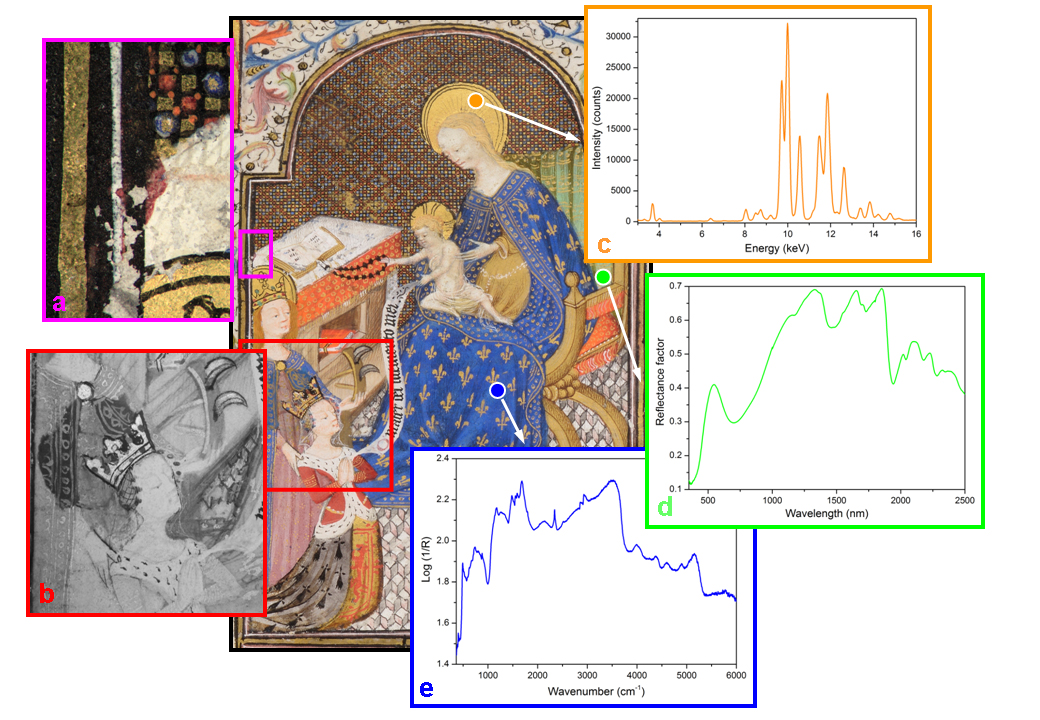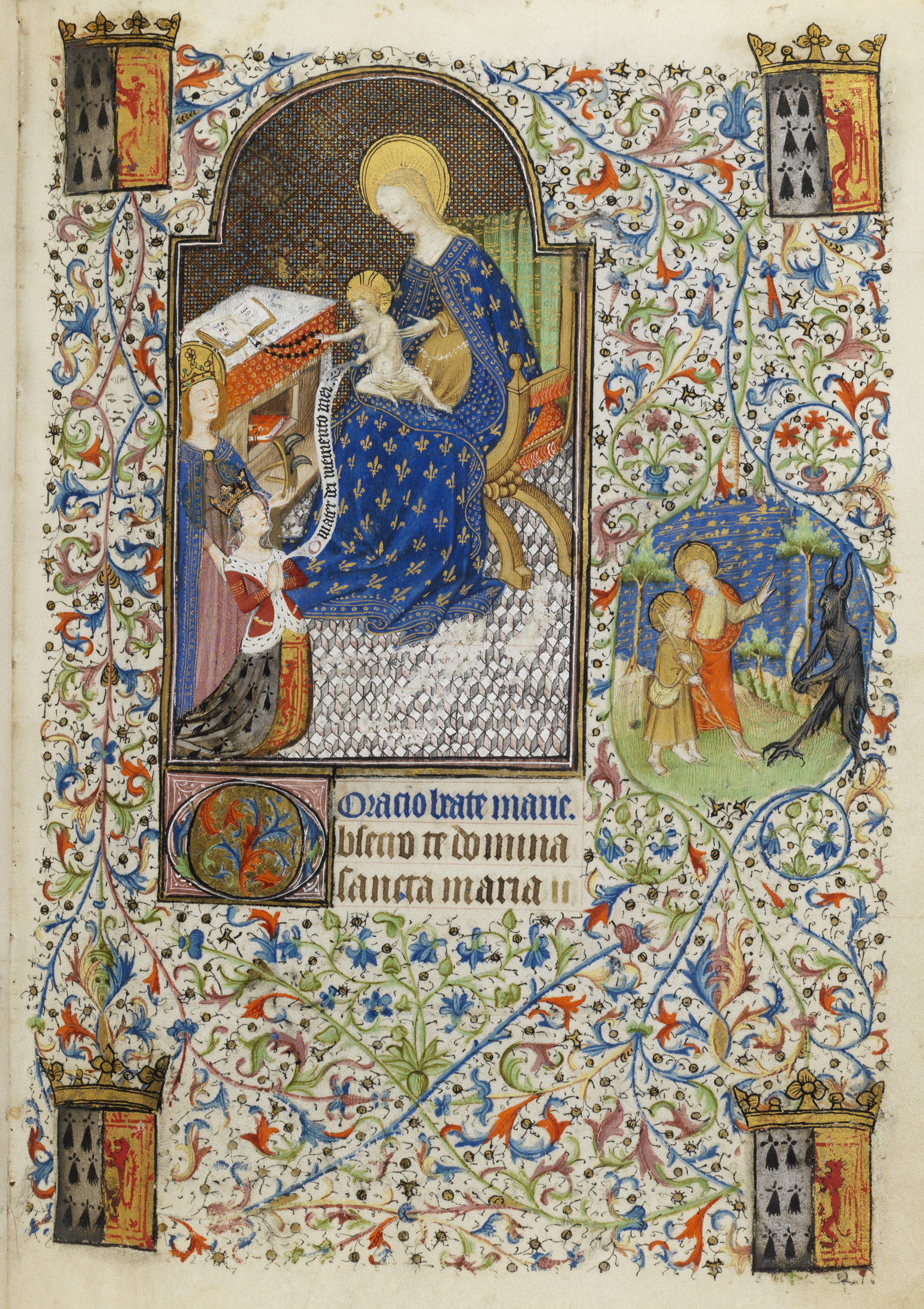Arts Council England grants £87,582 to create a digital archive of manuscripts
March 22nd, 2014News; Jason Scott-Warren The illuminated manuscript collections of the Fitzwilliam Museum will be available to view in greater detail than ever before thanks to an £87,582 from Arts Council England. The Digital Layers online archive will explore stunning images of illuminated manuscripts using layer and zooming techniques inspired by internet mapping tools to show their historical, cultural and scientific secrets.
The illuminated manuscript collections of the Fitzwilliam Museum will be available to view in greater detail than ever before thanks to an £87,582 from Arts Council England. The Digital Layers online archive will explore stunning images of illuminated manuscripts using layer and zooming techniques inspired by internet mapping tools to show their historical, cultural and scientific secrets.
The Fitzwilliam Museum and the colleges of the University of Cambridge have one of the largest, finest and most historically important selection of illuminated manuscripts in existence. Fragile and sensitive to light, temperature and humidity, the manuscripts can only be displayed for short periods of time under special conditions to protect their delicate materials and pigments.
However, illuminated manuscripts are the most representative and best-preserved examples of medieval and Renaissance painting, doubling as portable galleries of artistic traditions through the centuries. The manuscripts collections are also one of the most popular at the Fitzwilliam, with exhibitions such as the Cambridge Illuminations in 2005 drawing record numbers of visitors.

The tools created for the Digital Layers project will be inspired in part by commonly used internet mapping and visualisation resources such as Google Earth and the WorldWide Telescope project (http://www.worldwidetelescope.org). They will explore the different layers of the manuscripts uploaded online, allowing the viewer to examine its creation, from original sketches hidden beneath the illuminations, to the type of pigments, inks, and paint binders used. These different layers will also reveal secrets about artists and patrons: where and when the manuscripts were made, how did highly-skilled professionals collaborate on their production, and how did owners use them over time and across countries.
All of this incredible detail and information has been made possible by two research projects being run by the Fitzwilliam; the Cambridge Illuminations and MINIARE.